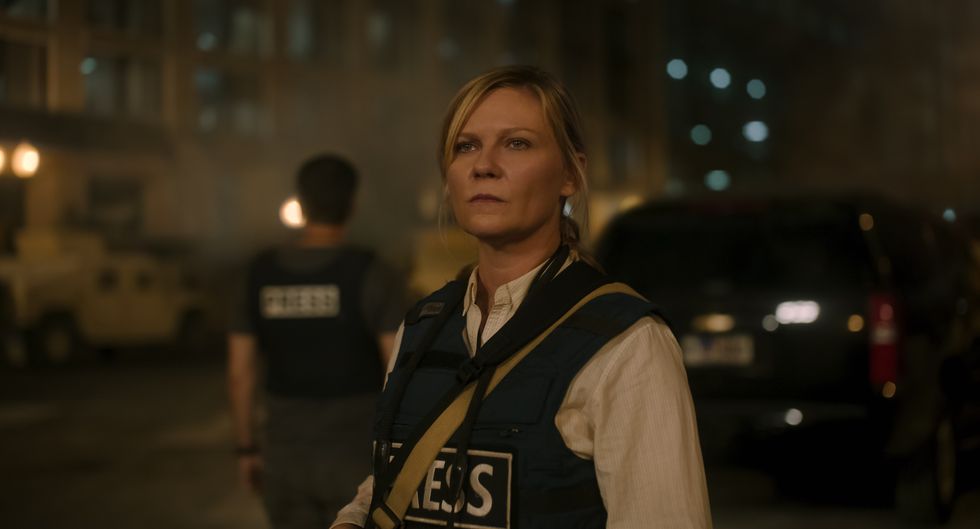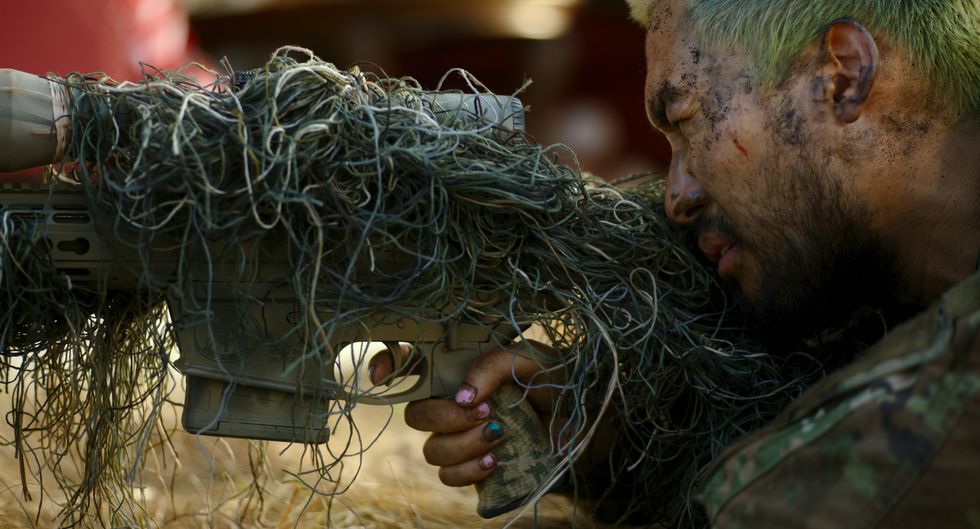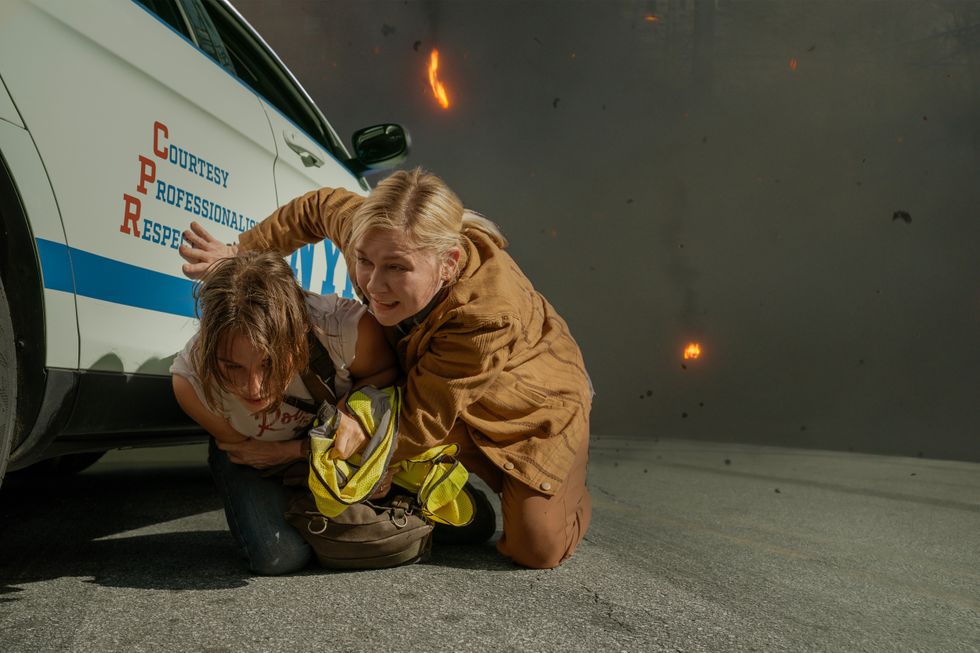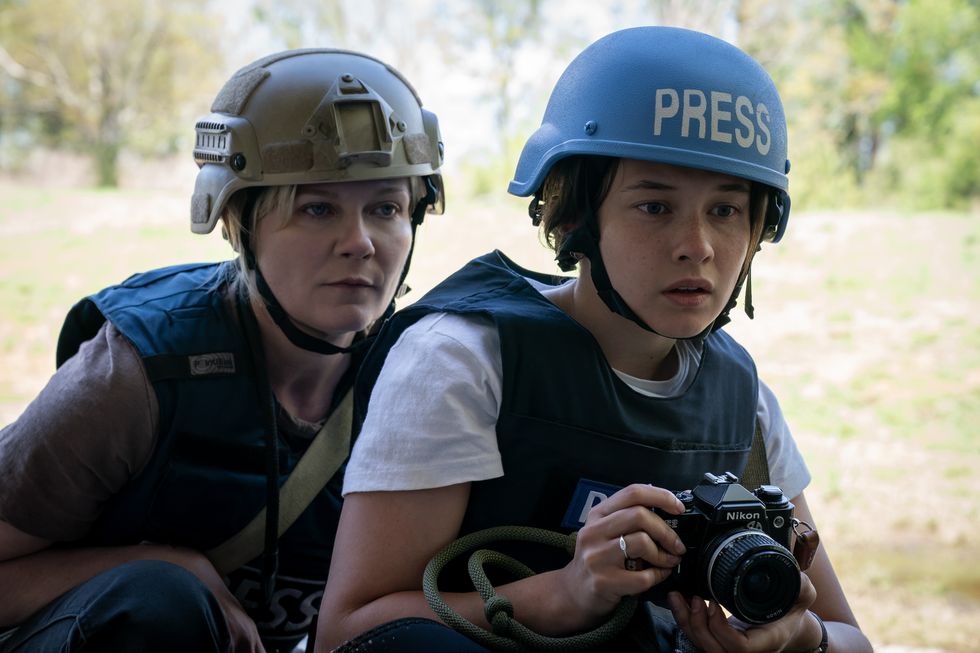Here's How to Get Your Documentary on Television
Wondering how to get your documentary aired on CNN and PBS? We've got answers.

There are many avenues available for documentary filmmakers who are looking to get their films out into the world. CNN and POV (Public Broadcasting Service) provide two examples of TV broadcasting platforms to consider. During the panel, "Television Opportunities for Documentary Filmmakers" at NYWIFT's (New York Women in Film and Television) Film Financing Day, advice was given on this very matter by Jon Adler (Senior Director of Development for CNN Original Series) and Justine Nagan (Executive Director of American Documentary, Inc. and Executive Producer at POV (PBS) and American Reframed). Emmy-award winning film producer Marcia Rock moderated the talk.
Below are a few takeaways we learned throughout the discussion.
Jon Adler works on both series development and feature documentaries at CNN, a company currently producing 4-5 feature films per year. This year CNN has hit home runs with the exceptionally successful feature docs RBG and Three Identical Strangers. Its process for selecting films varies, as CNN is open to docs at every stage. Sometimes filmmakers come to CNN with an idea, as in the case of RBG (which CNN fully financed), while other times the company purchase films for TV broadcast license after seeing it at a festival.
CNN prefers to have a TV broadcast window at the end of a cycle, meaning after its festival and theatrical runs. According to Adler, “CNN is a broad platform and we want to push for wider audiences via post-theatrical release,” which will happen with the aforementioned films this year. CNN does not have a one-size-fits-all model for financing films. Each project is considered on a case-by-case basis.
"CNN has a broad audience so films with a narrow issue have a hard time making it."—Jon Adler (Senior Director of Development for CNN Original Series)
When a filmmaker has an idea for a film that they think would be a good fit for CNN, the gatekeepers to approach, according to Adler, are Amy Entelis (Executive Vice President for Talent and Content Development for CNN Worldwide) or Courtney Sexton (Vice President of CNN Films ).
However, before taking that leap, it’s important to consider the kinds of films that fit the company's platform. “CNN has a broad audience so films with a narrow issue have a hard time making it,” shared Adler. “RBG worked well because there were obvious news tie-ins. Topics that work well have that kind of broad appeal and maybe a personal side of a news story, informative and really smart.”
Episodic series have proven to be an increasingly popular format for documentary storytelling, as demonstrated by the success of true crime stories OJ: Made In America, Making a Murderer, and recently, Netflix’s Wild Wild Country. CNN’s foray into series began with Anthony Bourdain’s Parts Unknown, a breakthrough idea based on Bourdain’s “journalistic mission to see the world," extending to include series by personalities Lisa Ling, John Walsh, and Morgan Spurlock.
For CNN's series, there is a non-traditional “anchor” who leads the viewer through an experience that could be considered a journalistic-style approach to a topic. Bourdain was the host through which millions of viewers learned about the food, culture, history, and even political environment of dozens of countries around the world. Adler says that CNN’s rule of thumb for these series is to be “as smart as we are entertaining.”
To submit an idea for consideration, Adler suggests sending an email with a brief pitch that introduces your idea to see if it’s something CNN would be interested in. If it is, CNN would respond requesting a more in-depth pitch. If the idea is of interest, the company sometimes does “targeted development,” where it offers a small amount of funding for the filmmaker to do additional research, a presentation tape, or to create a sizzle.
Sometimes this process will lead to a series and other times, not. However, CNN likes to work this way because it's building relationships with different filmmakers that may lead to collaborations down the line, whether or not a particular project gets off the ground.
Justine Nagan of POV (PBS) says POV is looking for “powerful, timely, character-driven docs that take audiences on a journey," less interested in historical, talking-head or bio-pic docs and over films where the filmmaker’s presence is felt in some way. POV does not shy away from international films or subtitles and welcomes those submissions.
One of the questions POV asks when considering films is, “will it start a conversation?” A recent example of such a film, according to Nagan, was Bill Nye: Science Guy. In the documentary, Nye has “open, honest, intelligent debate[s]” with people with differing opinions about climate change. Given the current tense political climate amongst Americans, the POV team saw this film as a positive example of an open conversation amongst adversaries.
POV has only one 2-hour slot per year, however, so if your project is on the longer side and you do not want to cut it down, POV may not be the best fit.
Each year POV broadcasts 15-17 films nationally on PBS primetime, its season running June-October. It’s important to note that feature-length films likely will need to be cut down to fit television time slots, though they have a limited number of longer slots available. POV has only one 2-hour slot per year, however, so if your project is on the longer side and you do not want to cut it down, POV may not be the best fit.
POV does not commission work--2/3 of their films are acquisitions and the rest are co-productions, and the organization typically does not get involved until the rough cut stage. Some of its co-productions come to them via the ITVS Open Call process. While POV does not specifically offer finishing funds, if it gets involved at rough cut stage, it expects its funds will likely go towards finishing the film. Typically POV's funding ranges from $30,000 on the low end to $250,000 on the high end.
In addition to acquiring films from online submissions, the POV team attends domestic and international festivals and pitch sessions to acquire films. The organization typically get about 1,000 film submissions per year. The team of pre-screeners watch all 1,000 films and make recommendations to the programming team, who then watch the filtered batch and whittle them down to 25 films that are watched by their editorial panel in the fall.
While the odds may sound super-competitive, not all of the 25 were already festival hits or well-known projects. “I know it sounds discouraging,” Nagan said, “but we do find gems in the Open Call.”
If you think your film may be a good fit, you can apply via their call for entries through the online portal. To apply for PBS distribution through ITVS, click here.
















